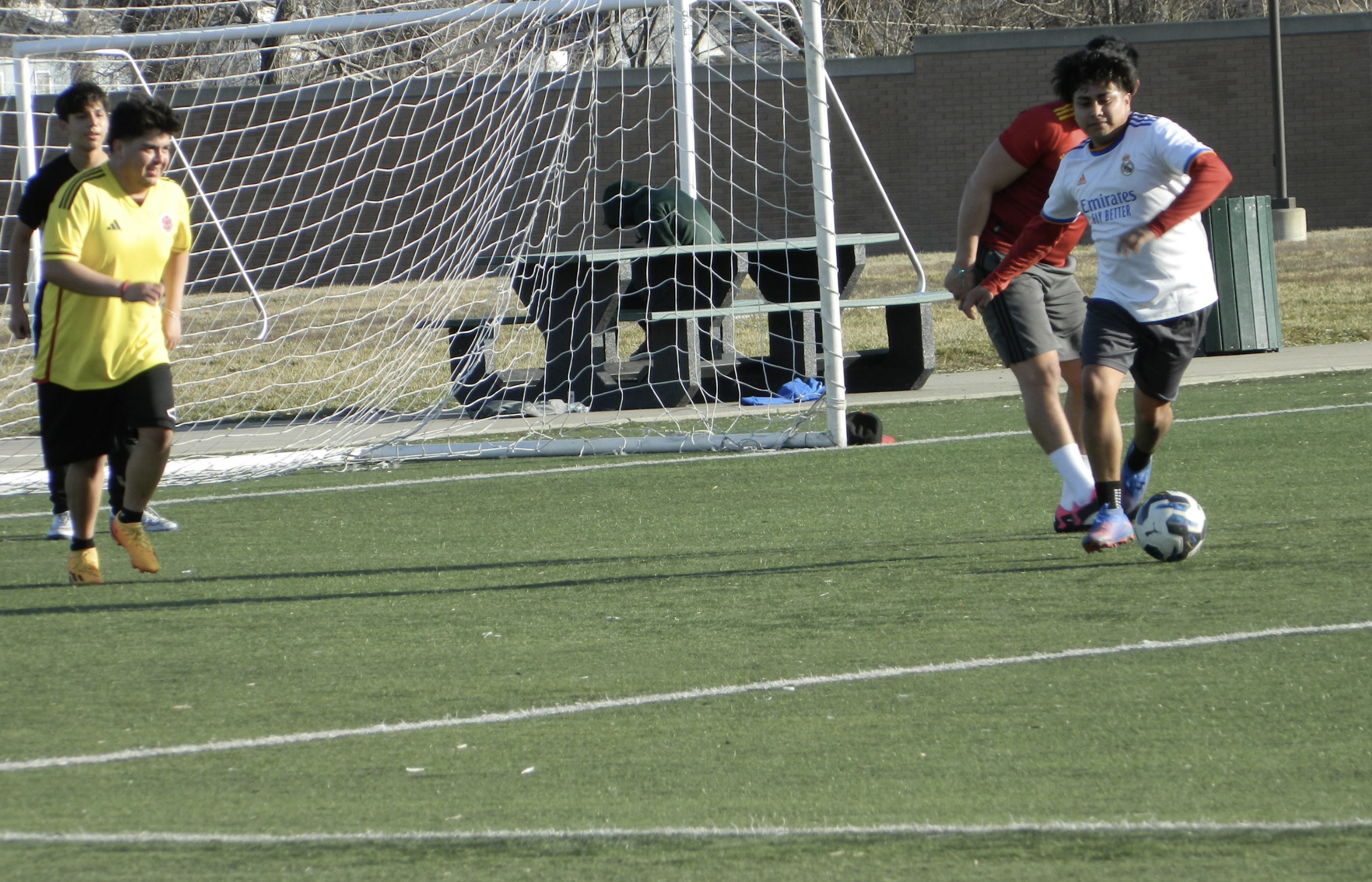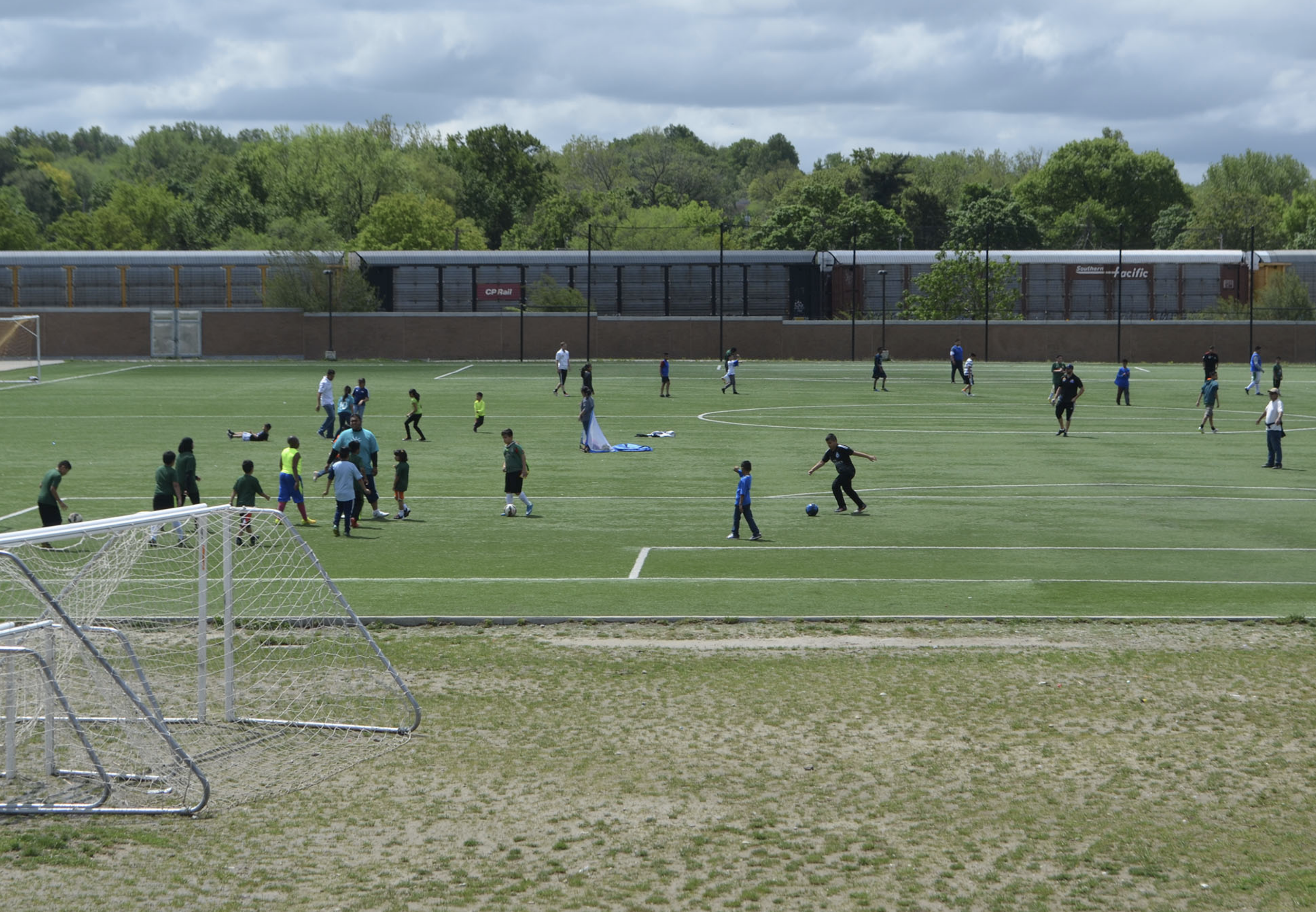On Wed., May 23, I attended (along with about 50 other individuals) the third of the City’s planned meetings to discuss the future of housing in Kansas City. I came prepared to discuss the issues below, but the City restricted comments to four question prompts we weren’t supplied with ahead of time. Housing issues are important to all of the City, but I think especially to the Northeast community. I was disappointed that the meeting seemed to be more of a check-box exercise as opposed to a discussion about the actual needs of residents throughout Kansas City.
I attended the meeting to advocate for the importance of affordable housing, which myself and the rest of the Indian Mound Neighborhood Association board view as a basic human right. Given Kansas City’s public housing waiting list is currently more than 4,000, and the federal voucher waiting list is at more than 9,500, we believe the city is failing in their duty to ALL of its citizens.
Indian Mound is home to about 11,000 people in approximately 3,350 households. The median household income is $28,000. Indian Mound is one of the few places left in the city where some residents are lucky enough to spend 1/3 of their income – or approximately $600 per month – on housing. But that is quickly changing.
When looking at housing, the City has lumped residents into “income bands.” The city has put residents who make $25,000 a year on par with those who make $35,000, and the City classify affordable to this group as $875 per month – which is detrimental for residents who fall at the lower end of that wide spectrum. That’s $275 that could be spent on necessities like food or healthcare. We’d like the city to reconsider these income brackets, especially toward the lower end where a few numbers make a huge difference. (After the May 23 meeting, the City Council voted unanimously to define affordable housing as $1,100 per month.)
One of the City’s stated goals in its housing policy is an emphasis on revitalizing aging neighborhoods by supporting rehabilitation and construction of housing in those areas. We’d encourage the city to stop subsidizing luxury developments that claim a $1,600 one bedroom apartment is affordable, and instead focus that money on this goal of rehabbing current homes or building more low-income housing in areas like Indian Mound.
New construction in Indian Mound is complicated. We have 60 vacant lots in Land Bank right now, but half of those lots can’t be built on because of zoning restrictions due to the small size of the lots. The first step to help infill these lots is for the city to make it easier to change zoning en masse to encourage the building of small, affordable homes.
In addition to new construction, Indian Mound has an aging and neglected housing stock. We currently have 104 registered vacant houses in various states of disrepair. We’ve had good luck utilizing the Abandoned Housing Act with the help of Legal Aid to connect qualified rehabbers with homes that they can fix up and live in. We’d love for the city to provide funds to help make rehabilitation of dilapidated property an option for people with the skills to do that work.
Our final request is for the city to look into ordinances that limit the number of properties that can be owned by out-of-state LLCs. We regularly find that our most troubled properties are “managed” by companies multiple states away, without many options for recourse by the tenants or neighbors when things go wrong. We also see these out-of-state organizations buying homes in the tax sale, sight unseen, with no intention of fixing them up but instead waiting for housing values to rise so they can sell the home and get some ROI. This contributes to the blight in our neighborhood and takes homes away from people who would become valued community members and neighbors.
I look forward to seeing an affordable housing plan that protects our current residents and maintains Kansas City’s image as an affordable place to live.
–Beth Beavers
Indian Mound resident


















